 |
|||
 |
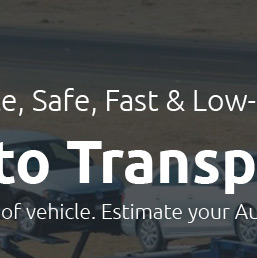 |
 |
|---|---|---|
 |
 |
|
 |
 |
 |
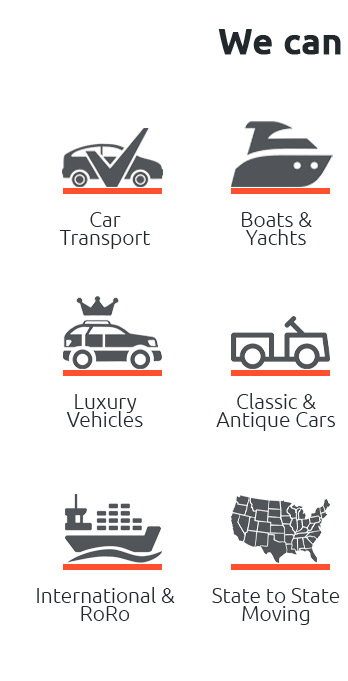 |
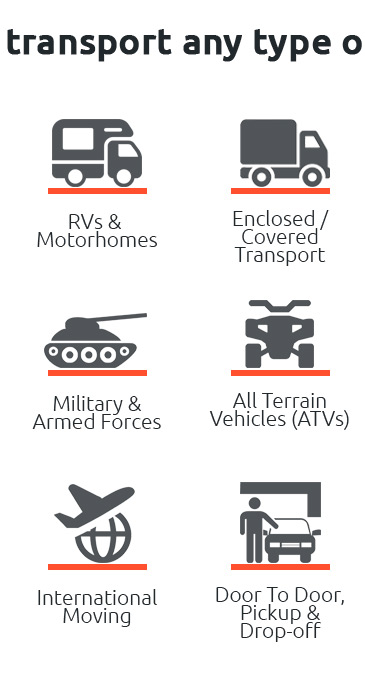 |
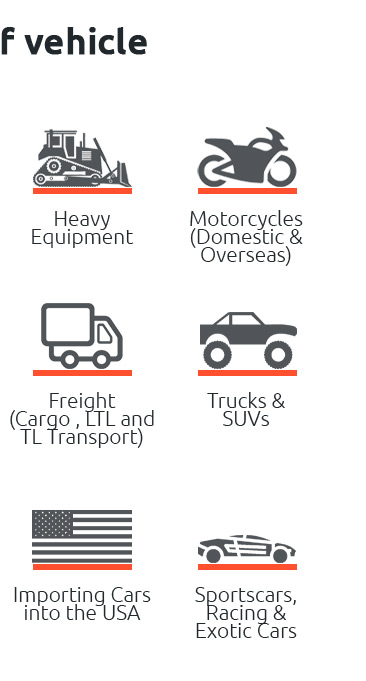 |
|---|
 |
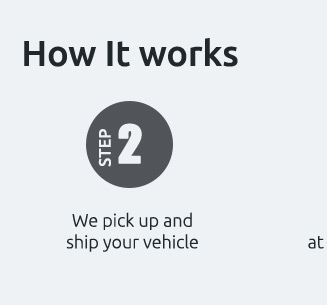 |
 |
|---|---|---|
 |
||
 |
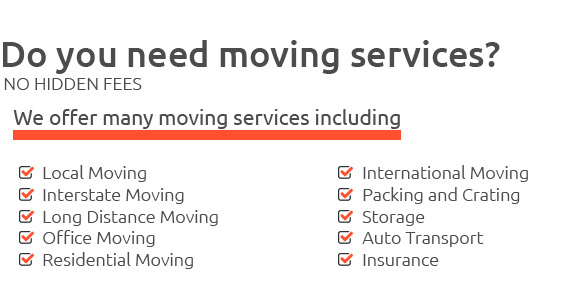 |
|---|---|
worldwide shipping transportation insights and trendsHow goods move across oceans, air, and landFrom standardized containers to agile air freight, global trade runs on a mesh of carriers, ports, and corridors. Containerization shrinks handling time, while multimodal routing blends sea, rail, truck, and air to balance speed and cost. Shippers weigh Incoterms, service reliability, and visibility tools before booking space. Costs, timing, and reliabilityTypical sea transit from Asia to Europe spans 25–40 days; air can bridge the same lanes in 2–6 days, at a premium. Prices swing with fuel, capacity cycles, port congestion, and seasonal demand. Customs compliance and documentation-commercial invoices, HS codes, and certificates-often decide whether a shipment glides through or stalls.
With sustainability rising, carriers invest in cleaner fuels and smarter scheduling, helping networks move faster, cleaner, and more predictably.
|
|---|